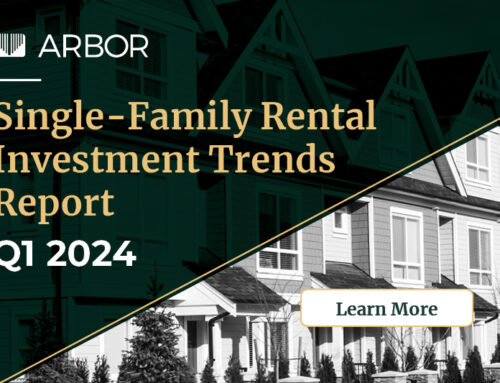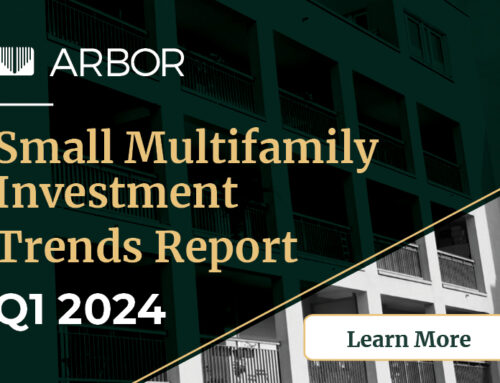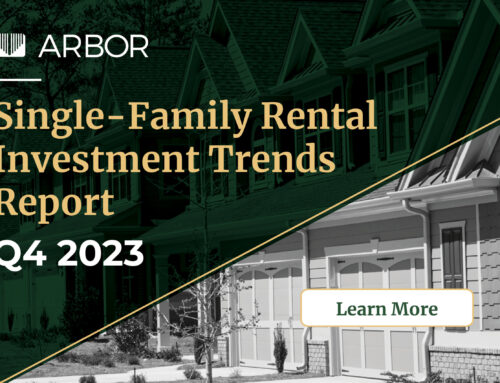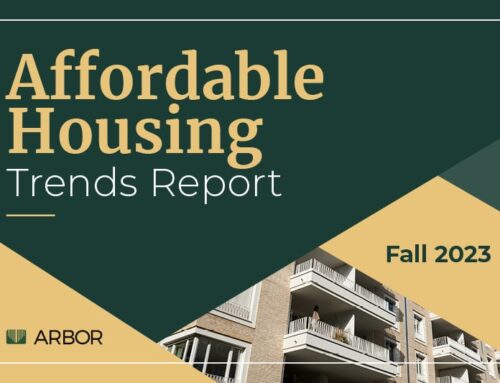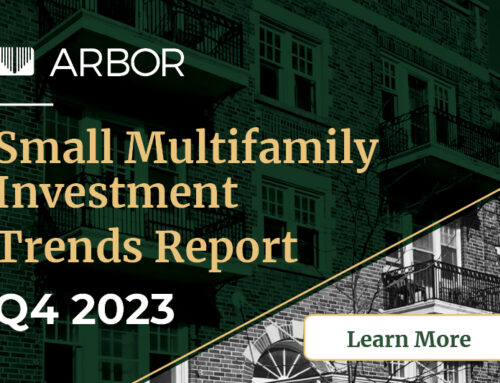This week’s roundup offers insights on the top markets for rent growth, cost burdens for renters versus homeowners and Millennial’s influence on housing demand. First, Arbor’s Chatter blog takes a look at the metros that experienced the highest rent growth as of midyear 2019, reflecting a strong first half of the year for multifamily. Next, CoreLogic reports that home prices experienced their 15th consecutive month of slowing growth, with 11 of the top 20 metros facing lower price increases compared to the prior month. HousingWire breaks down the impact of the inverted yield curve on the U.S. economy and the multifamily sector, and why it doesn’t necessarily suggest a recession is imminent. Then, Harvard’s Joint Center for Housing Studies offers an interactive map of the cost burdens for renters and homeowners by metro. Finally, NREI explores how Millennial housing preferences such as urban living and delaying marriage are influencing what types of multifamily assets are in demand.
Midyear 2019 Top Markets for Rent Growth
Arbor Chatter – August 26
“As of midyear 2019, the U.S. multifamily market has been off to a strong start. Here are the top markets for rent growth for the first half of the year.”
Housing Market Cooldown Reaches Longest Streak Since 2009
CoreLogic – August 28
“Home prices in Seattle dropped for the third month in a row, while San Francisco inches closer to seeing its first home price drop since 2012.”
What Does an Inverted Yield Curve Really Mean for Housing, U.S. Economy
HousingWire – August 28
“The inverted yield curve happens what the shorter-term U.S. Treasury notes, like the two-year or three-month notes, produce a higher ROI than the 10-year Treasury notes.”
Interactive Map Shows Renters are More Cost-Burdened Than Homeowners Around the Country
JCHS – August 27
“Renters in expensive coastal metros have some of the highest rates of cost burdens, as seen on the interactive map. Yet, renter households in regions with less expensive housing costs still maintain high cost burdens.”
What Is Innovative Living and Why Is It the Future of U.S. Real Estate?
NREI – August 26
“Co-living—and, more broadly, ‘innovating living’—has emerged as one of the most exciting opportunities in the real estate industry.”



